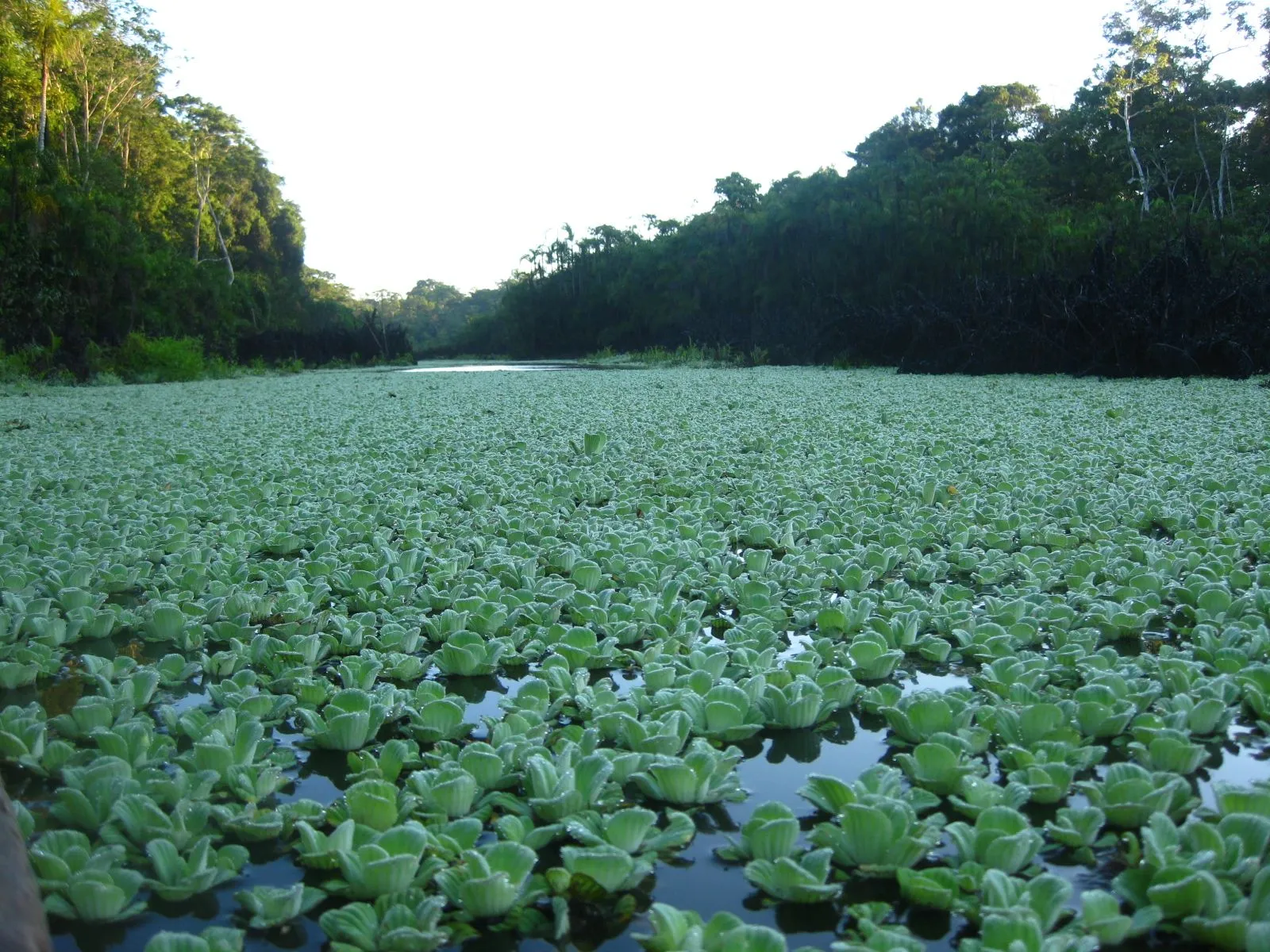A new study reveals that over 60% of the previously restored Brazilian Amazon has been cleared again, with more areas being destroyed than regenerated.
This research points to a trend by Brazil’s National Institute for Space Research (INPE) from 2008 to 2022.
In 2018, about 24% of cleared land began to recover. This figure dropped to 23.5% in 2021 and 22% in 2022.
“Deforestation rates are down, but the issue persists,” says Cláudio Almeida of INPE.
“We must keep the forest resilient to human impacts. Saving secondary vegetation helps protect forest life.”
The Brazilian government aims to restore 12 million hectares by 2030, a target set in the Paris Agreement to cut greenhouse gas emissions.

The Amazon, often invaded and cleared, lost over 800,000 square kilometers in 15 years.
About 140,000 square kilometers of new growth, known as secondary vegetation, emerged in places once cleared.
There are two types of vegetation: primary and secondary. Primary vegetation is diverse and needs rich soil and good weather to grow.
Secondary vegetation, on the other hand, grows back first after clearing and can survive tough conditions. Common species include embaúba, babaçu, candiúva, and lacre.
Figures on secondary vegetation
Secondary vegetation is vital. It takes at least six years for trees to start regrowing, and then they can reach up to 15 meters tall.
This growth is crucial for the primary species to return. It also bridges gaps in the forest left by clearing.
The study found that the 140,000 square kilometers regrew, and only 53,000 square kilometers remained by 2022.
Yet, this number might rise to 179,000 square kilometers. Now, monitoring will cover all biomes.
The first check-in in 2022 showed 304,000 square kilometers of secondary vegetation across Brazil.
This research highlights the ongoing struggle to preserve the Amazon. It shows the importance of secondary vegetation in the fight against deforestation.
The aim to restore vast areas by 2030 aligns with global efforts to reduce climate change impacts.

